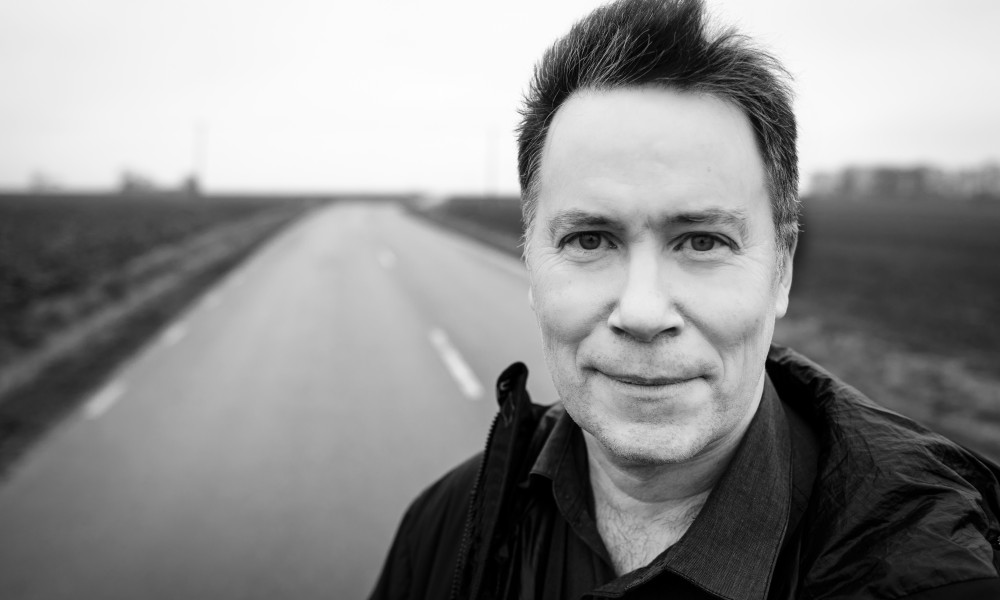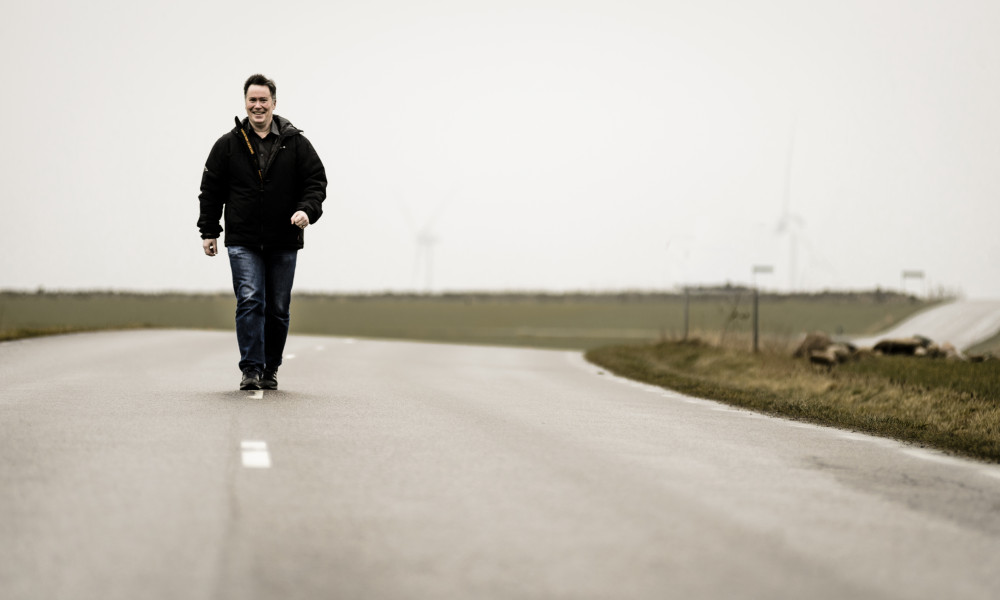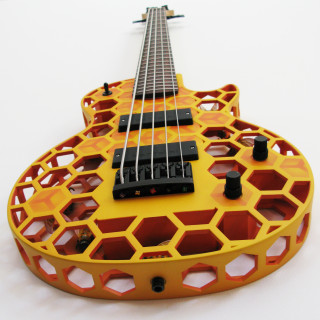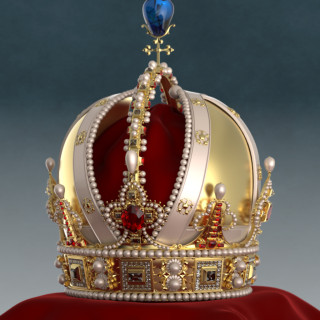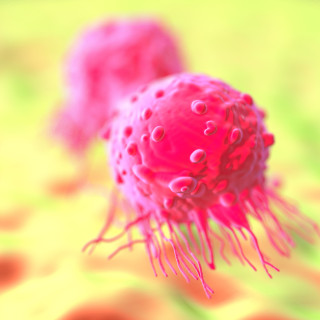From heart valves to aeroplane wings
With the advent of the 3D printer, we have gained an entirely new method of manufacturing everything from the smallest heart valve to the wings of an aeroplane. Olaf Diegel, Professor of Product Development at Lund University, sees endless possibilities for 3D printing. Researchers in a number of disciplines are now working together to test new techniques and materials and to create products that are personalised or that cannot be manufactured in any other way.
Making objects using a 3D printer is also known as additive manufacture, because the printer builds up the object layer on layer with the exact amount of material required. Complicated shapes with moveable parts can be made in one piece. All that is needed is an idea that is visualised using a three-dimensional computer image and a build material in powder or liquid form.
Nowadays, it is possible to print using many different materials, such as metal, plastic, clay, glass, concrete and certain foodstuffs like chocolate. The future lies in printing using living stem cells to create new organs. It is already possible to manufacture simple organs such as an ear or a bladder.
“In 3–5 years when we have solved the problem of creating tissue with many blood vessels, it will be possible to print more complicated organs like a heart or a liver”, says Olaf Diegel.
So far, models and simple industrial prototypes are the most common area of application, but direct manufacture of a range of products has now begun. A simply medical application of additive manufacture that Olaf Diegel has been working on for a while is producing personalised insoles for diabetic customers.
“The medical applications are fantastic”, says Olaf Diegel. “With powder technology it is now possible to 3D print very light titanium bone implants. They are printed in the desired shape, and after they have been surgically implanted, new bone grows into them.”
Light and personalised
One of the advantages of 3D manufacturing is that it doesn’t matter if the individual objects being printed are of different shapes. This opens the way for personalised medical products, and is the future of 3D manufacturing, according to Olof Diegel.
Another advantage of 3D printing is that it can make products very light, but still durable, by using much less material in an efficient way. The 3D printing research group are doing a lot of work on design for additive manufacture. Among other things, they are developing software that will help 3D printers to automatically select how to construct a product in a way that makes it both light and durable.
“Using direct 3D manufacturing, material consumption can be reduced by up to 90%”, explains Olaf Diegel. “This has major advantages for the aviation industry, for instance, where large parts such as aeroplane wings are often made out of titanium.”
3D printing changes how we think
Over the past year, Olaf Diegel has been involved in initiating and developing a number of ideas for projects in collaboration with researchers from other parts of the University.
“When you talk to people about 3D printing, a whole new area of research emerges – it changes how we think about manufacturing. This has led to discussions with architects, dentists, physicists and engineers.”
At the moment, Olaf Diegel and his colleagues are developing a special instrument that could dispense lubricant for the insertion of urinary catheters. The idea came from researchers at the Department of Biomedical Engineering at Lund University, who couldn’t work out a way to manufacture the instrument. It is hoped that 3D printing is the answer.
Two other areas of possible future application are how to better design structures out of smart materials (Olaf Diegel hopes to collaboration on this with researchers from the Division of Solid Mechanics) and 3D printing on the nanoscale.
Olaf Diegel and physicists from the Division of Solid State Physics are in the process of applying for funding to combine 3D printing with metal nanoparticles. The physicists have developed a method of manufacturing metal nanoparticles using aerosol technology, and one possibility would be to mix these metal nanoparticles into a liquid that is then used to print, he explains.
“Then we would be able to 3D print electronic components embedded in plastic and, for example, manufacture a mobile phone shaped like a bracelet.
“Something even cooler would be to 3D print nano-products directly using an aerosol”, says Olaf Diegel. “That would open the door to entirely new applications in micro-manufacturing. Then it would be possible to print any particle that can exist in aerosol form. We could print heart valves using our own cells.”
Text: Pia Romare
Facts
-
Aerosol
-
A system of atomised solid or fluid particles in a gas. Dust, smoke, fog, sprays and clouds are some everyday examples.
-
How does 3D printing work?
-
All 3D printing techniques require a three-dimensional model on the computer that controls the printing process. Either a model of an object is designed in a CAD (computer-aided design) program or a 3D model is scanned in. The model is sent to a printer where it is ‘sliced’ into thin layers that are printed one by one until the object is complete.
-
3D printing techniques
-
The simplest type of 3D printer is available as a cheap table-top printer and works in a similar way to a glue gun. These printers are good for making quick, simple prototypes, but the quality is not particularly good. The build material comprises thin threads of plastic or another viscous substance, which is heated up, melted and sprayed through a small nozzle that moves over the printing surface.
In a slightly more advanced printer, the PolyJet, the layers are sprayed one at a time and hardened using UV light, which goes very quickly and produces a good surface. This type of printer makes slightly better quality prototypes.
The most advanced 3D printers, which are employed in manufacturing, most commonly use powder. A thin layer of plastic or metal powder is spread over a tray and selected areas are hardened using a laser or electron beam with high precision. Layer after layer of powder is added and hardened until the object is complete.


